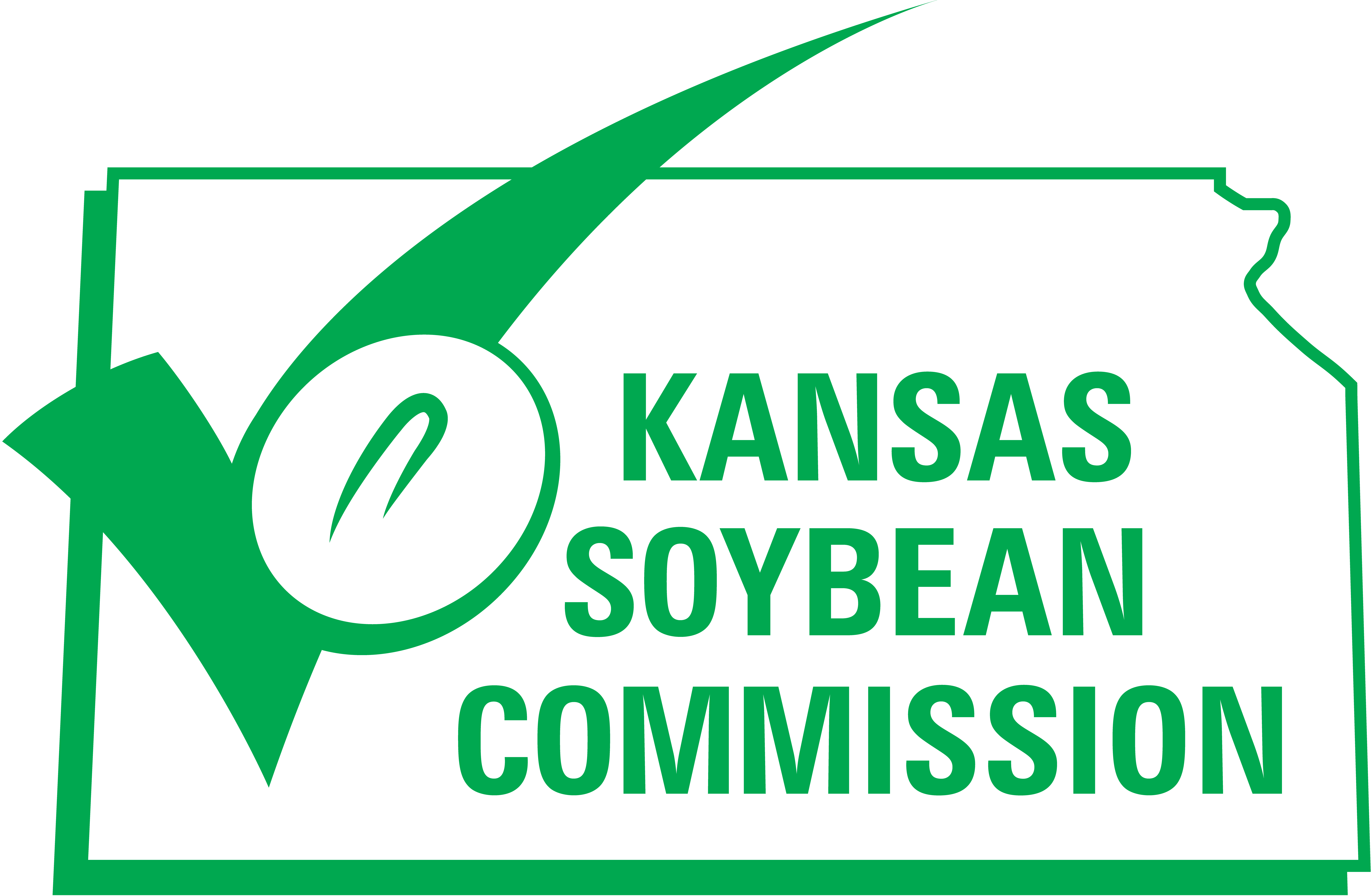Industry groups dive into carbon market programs
The carbon conversation keeps heating up as a global climate solution becomes top of mind for many industries. Carbon markets provide opportunities for farmers to focus on soil health by sequestering carbon and then receive compensation for doing so. Essentially, farmers implement conservation practices, and industrial emitters of carbon pay the farmers for those benefits. Any farmer who chooses to sell carbon credits can tout a sustainable crop that has helped offset or reduce global greenhouse gas emissions.
Skepticism does exist. A survey conducted by Farm Journal in August 2021 showed that 3% of farmers are participating in a non-governmental carbon market and 52% say they plan to participate in the next three years. The remaining 45% of farmers are either lacking proper information or saying no altogether.
Much of the apprehension about participating comes from the conditions within the programs, as most available options only recognize newly-adopted practices and don’t compensate for pre-existing practices. Many survey respondents also shared concerns about the return-on-investment with half saying they’d only participate if they could get $20,000 back for their participation.
Marty Matlock, Ph.D., professor of ecological engineering at the University of Arkansas, shared his perspective on the carbon market in an editorial posted by the American Soybean Association.
He says that human prosperity for the past 150 years has been fueled largely by fuels stored in the earth, but that energy use has led to an increase in carbon moving from the geosphere to the atmosphere. Carbon is one of the most common greenhouse gases in the atmosphere and is one that affects climate change. To keep the level manageable, Matlock asserts that “humanity will need to reduce annual emissions of these gases by half.” The estimated total GHG emissions from all sectors in the U.S. in 2019 was 6.6 Gt CO2-eq. Sequestering carbon in the soil has the potential to store nearly 0.05 Gt CO2-eq per year. Time plus technological advancements makes soil sequestration a solid contender to help offset emissions in the coming years.
Matlock estimates there is a “20-year window where increasing soil organic carbon will be compensated through carbon trading.” That period is critical, he says, if society wants to reverse the impacts of global climate change. He adds that the pace of adoption of renewable energy sources for the U.S. power grid and the rate of innovation in electric vehicle technology are transforming our economy and that society needs to stay ahead of current emissions for 20 years while the transition period plays out.
“Carbon markets serve as new opportunity and value proposition for soybean farmers; now is the time to engage, ask questions and better understand our responsibilities,” Matlock concluded.
The United Soybean Board agrees. Jack Cornell, USB director of sustainable supply, sees an opportunity for farmers to set themselves up for success in the years to come.
“While we are figuring out what the carbon market looks like, this is a great opportunity for farmers to start doing some investigations on their own ground on how to put carbon-smart practices to work,” he says. “We want farmers to be in a position to be flexible enough to adapt to the next round of changes or the next opportunity to make on-farm profit.”
There is always cost and risk to start anything new, though Cornell offers some advice for anyone interested in increasing on-farm sustainability and transitioning into carbon programs.
He says to start conservation practices, such as no-till or cover crops, on a small section of acres and commit to those practices long-term. Find technical assistance to help with the transition, through an agronomist, commodity organizations, or NRCS conservationist.
The American Soybean Association partnered with the national checkoff and Farm Progress to host a webinar learning session in October that discussed how farmers can leverage conservation practices to sequester carbon and be financially compensated for their efforts. A recording of the webinar is available at farmprogress.com/carbon.
Whether an operation opts into selling carbon credits is ultimately up to the farmer putting the work into the crop. Having all the information necessary is a step in the right direction to make that choice.

